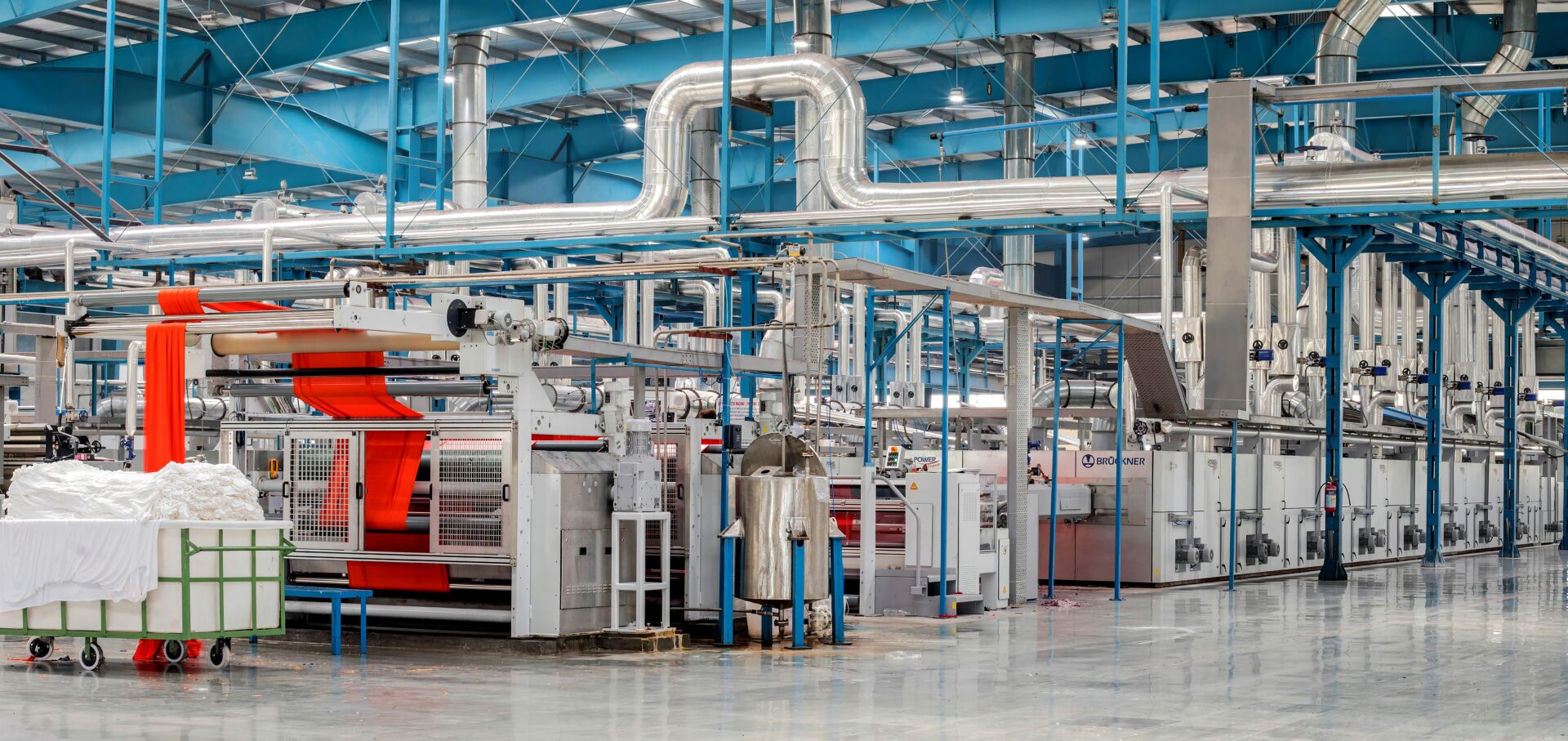Synthetic Biology: market drivers, challenges and R&D oppo...
Synthetic biology (or SynBio) is an exciting intersection of biology and engineering, which promi...

From 8th August 2023, all companies claiming tax credits through the R&D SME Scheme or RDEC must be ready to provide additional information to HMRC before submitting your Corporation Tax Return.
To help you prepare for a successful R&D Tax Relief claim, we’ve put together a guide on what you will need as part of your additional information.
To put together an R&D Tax Relief claim you’ll need to prepare some information for HMRC, including:
You’ll need to put together a list of your projects with details of your R&D. This information will form part of your technical report for HMRC. Within this, you’ll need to summarise how your project looked for an advance in science, overcame uncertainty and how a professional in your field couldn’t easily work out your achievement.
You’ll also have to specify the number of projects you claim for in the accounting period and their details. If you’re claiming for:
Providing supporting details about your projects is a crucial step for claiming R&D Tax Relief. The details will help substantiate your claim and allow you to showcase your scientific or technological achievements. Here’s a closer look at what these project details should include:
One of the first things you’d want to include in your R&D report is your claim methodology. This outlines how you determined which activities and expenses qualify for R&D tax relief. It’s essential to be precise, explaining your rationale behind each decision.
If you use sampling to estimate costs, describe your sampling method and why it’s appropriate for your situation. Also, provide information on how frequently you conduct these samples and how they’re representative of your overall R&D activities.
Include information about the competent professionals involved in the project. These are people with the necessary knowledge and skills to perform the research and development work. They can significantly contribute to establishing your project’s scientific or technological uncertainties and advances.
For each project that you’re claiming, provide a thorough description covering the following aspects:
Field of science or technology: Describe the field of science or technology that your project relates to. Science refers to the systematic study of the physical and material universe, while technology refers to the practical application of scientific principles or knowledge.
Baseline level of science or technology: Detail the level of knowledge or capability that existed when the project started. Whether you intended to improve an existing material or device or develop new knowledge, it’s key to establish this baseline.
Aimed advance in scientific or technological knowledge: Describe the advance you aimed to achieve, using the baseline as a comparison. This could be creating or improving a process, material, device, product or service, or using science or technology to replicate the effect of an existing process in a new or improved way.
Scientific or technological uncertainties: List the scientific or technological uncertainties that the company faced. These uncertainties exist when the knowledge required to achieve the objective isn’t readily available or deducible. Explain why these uncertainties were not just specific to your company but were also relevant to the industry.
Overcoming the uncertainties: Detail how the project sought to overcome these uncertainties. Describe the planned or used methods, whether the uncertainties were resolved, and if so, how, and why not.
Qualifying expenditure: Provide the qualifying expenditure for each project. This includes both direct and indirect costs associated with the project.
Specify which tax relief you’re claiming for (R&D tax relief, expenditure credit, or both) and the amount of the qualifying expenditure that applies to each project.
Make sure that you include the start and end date of the accounting period for which you’re claiming tax relief. Again, this should correspond with what’s in your Company Tax Return.
Direct qualifying activities are those that demonstrably contribute to achieving an advance in science or technology. They involve the resolution of scientific or technological uncertainties. This could include designing, testing, and analysing new or improved products, processes, or services.
Indirect qualifying activities, on the other hand, are those that do not directly contribute to resolving scientific or technological uncertainties but are necessary for the direct activities to take place. This can include training or administration tasks that support the R&D process.
For SME tax relief, direct costs include:
For R&D expenditure credit, you can claim for similar costs along with contributions to independent R & D costs.
Indirect costs include:
Costs related to data licensing or cloud computing cannot be included here.
Navigating the process of claiming R&D Tax Relief can be complex and time-consuming. That’s where we come in. Our experts can help you prepare your additional information for your R&D claim.
We’ll analyse your activities to identify those that qualify for R&D Tax Credits, assisting you in deciphering the complexities of what constitutes R&D in the eyes of the tax authorities.
We’ll also help you prepare your R&D additional information, explaining in detail the scientific or technological advances sought, the uncertainties involved, and how these were overcome (or not). Crucially, we’ll ensure that your submission is compliant and meets all the requirements.
We help innovative companies claim back research and development costs through R&D Tax Credits. Our experts will help your business identify eligible costs, provide industry-specific assistance, and guide you every step of the way.
Get in touch with us today to learn more about how we can assist you with your claim.
If you enjoyed this article, you might also like:
Explore our latest insights

Synthetic biology (or SynBio) is an exciting intersection of biology and engineering, which promi...

Even in the best of circumstances, we know that it can be challenging to balance a successful car...

Small and Medium-sized enterprises (SMEs)are the lifeblood of innovation in the UK. We’ve dived i...

Full expensing is a first-year allowance that allows businesses to reduce their tax liability and...